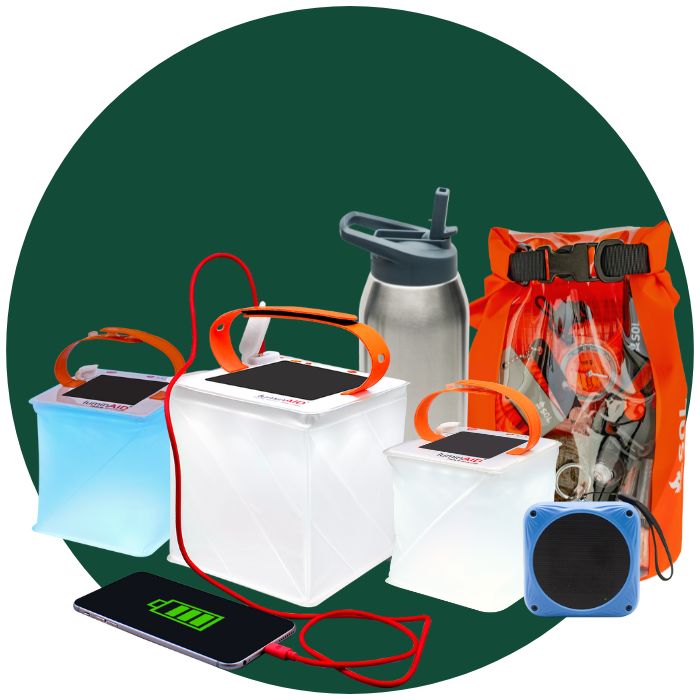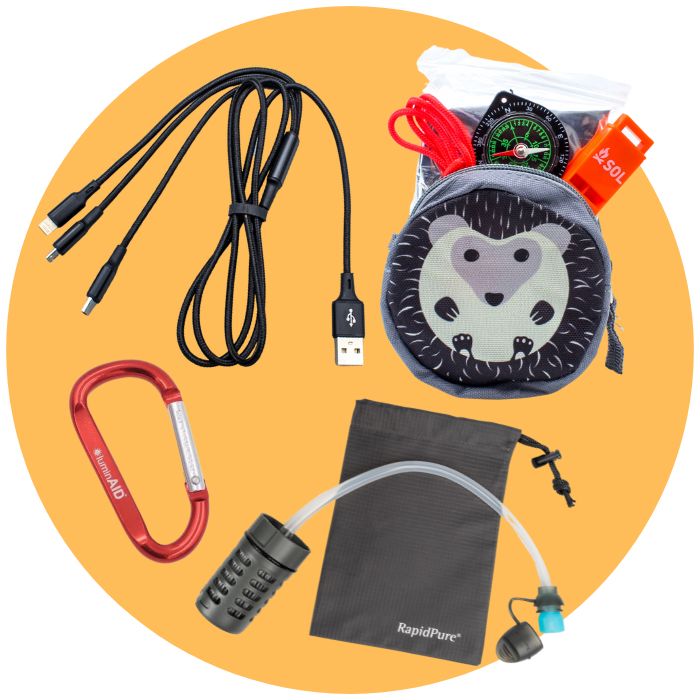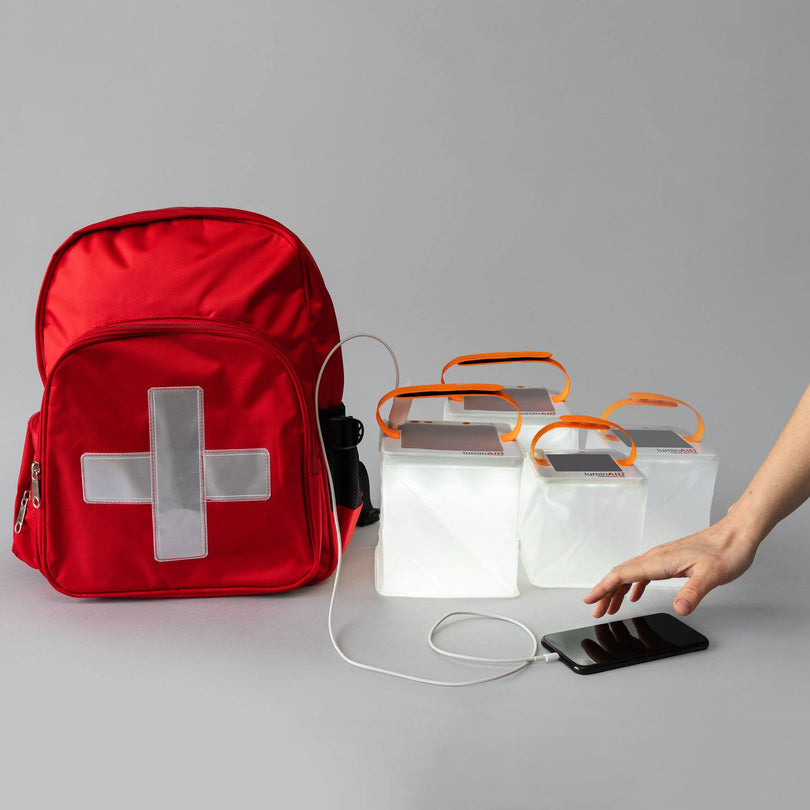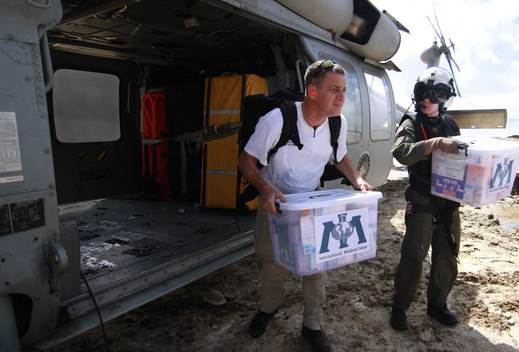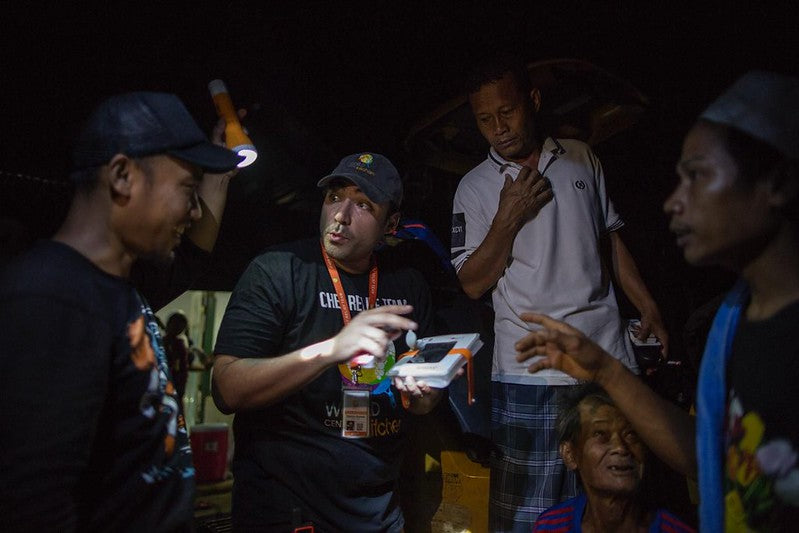Last Updated: May 11th, 2020
With the COVID-19 coronavirus causing travel restrictions, flight cancellations, and stay-at-home orders worldwide, nonprofits who had planned on service trips or in-person aid distributions are now scrambling to adjust their plans. Longer-term, we're seeing humanitarian organizations evaluating how they will deliver aid and operate their in-country programs if it's harder for staff to travel, and wondering whether aid workers will be able to travel into countries instituting travel bans.
We've put together some initial resources to help navigate international shipping and changes to travel availability, and will continue to update this page with new information as available.
If your upcoming service trips have been cancelled or postponed due to travel restrictions, and you would still like to provide aid items to the communities you serve, we can help you ship internationally. Our team has experience coordinating complex shipments, and we encourage you to reach out to us via email for quotes and information on expected duty and tax rates for your shipments.

International Shipping: Understanding the Basics
If your organization primarily transports supplies in your team's luggage, international shipping may be new to you. As you work on your next shipment, there are a few things it will be helpful to consider:
- What address does my local contact receive mail at? Get in touch, and find out how your local contact prefers to receive packages. You may be shipping to a street address, a PO Box, or sending a package to be held for pick-up.
- Who will pay for duties/taxes upon receipt? It's common for international shipments to be sent "DAP" or Delivered-at-Place, meaning that the cost of shipping is paid for, but additional charges like duties and taxes must be paid upon receipt. DAP is an example of an "Incoterm" -- a way to indicate responsibility for charges and liability when shipping. You can find more incoterms and definitions in this guide. You may be able to arrange for duties and taxes to be billed to you, but if not, you should coordinate with your local contact and confirm whether you will be reimbursing them for these charges.
- What are the import duties and taxes I should expect? This is something our team can do for you when you need a quote for shipping LuminAID lanterns overseas. For other products, you can look up the expected duty and tax rates for through a site like Simply Duty. Check with your vendors to determine what classification their products fall into, so you can find the right duty rate for that product.
For further reading, we recommend Flexport's Shipment Essentials help guide.
April 2020: Rising Air Freight Rates and Limited Capacity
We attended Flexport's March 24th webinar on the state of global airfreight during the COVID-19 crisis. You can view a recording here.
Here were some of our main takeaways:
- About 45% of trans-Pacific air freight is carried on passenger planes. With the decrease in passenger flights, the capacity for air shipments is severely impacted.
- In addition to the limited capacity, what capacity remains is being used for humanitarian shipments of medical supplies, etc.
- China should be at nearly 100% production capacity by the end of the month.
- Air freight rates through April will still be very high, but over the next 90 days it should start to balance out again as demand changes.
May 2020 Updates:
Things haven't changed too much since the last set of updates we posted, but industries are adapting and outlooks are more positive for countries that have had success containing the virus and are moving towards reopening. Here's a quick summary of where things are now:
- Is international air freight more expensive now than it was in Q1? Yes
- Are international air freight costs rising or falling right now? Rising
- What is international air freight availability like out of China? Limited
- Any other notes or things to be aware of? About 45% of trans-Pacific air freight is carried on passenger planes. With the decrease in passenger flights, the capacity for air shipments is severely impacted, and most space reserved for shipping PPE. However, carriers are just starting to respond with aircraft repurposed for full cargo flights
- Are there any projections/expectations for what air freight costs will be this summer? Airlines aren't expecting their passenger flights to return to normal until April 2021, so we can expect prices to stay high as capacity remains limited for the next 12 months.
You can find more webinars and Flexport's COVID-19 related updates for the freight industry here.
Status Pages - Shipping Carriers:
Here are some of the pages we're monitoring for collated updates from shipping carriers:
USA Carrier Status Pages: Carrier Status Updates Amid COVID-19 (Shippo)
LTL/Trucking, and International Freight: Client Advisory on Coronavirus Pandemic (CH Robinson)
Country-Specific Updates: The Impact of COVID-19 on Humanitarian Aid (The New Humanitarian)

Resources for Cancelled Humanitarian Trips:
COVID-19 Travel Advice (World Health Organization)
US Airline Cancellation & Fee Waiver Policies (Today.com)
Additional Resources
COVID-19 Resources for Nonprofits
LuminAID for Nonprofits Facebook Group
Get Involved With Our Nonprofit Community
We encourage you to join our Facebook Group and share resources and strategies that may be helpful to others. We know this is a time of uncertainty for both your humanitarian projects and your teams, and hope that through sharing knowledge and resources, we can support each other.
What else would you like to know about? Do you have something to share with the nonprofit community? You can submit an entry to our resource directory here, or post in our Facebook Group.

